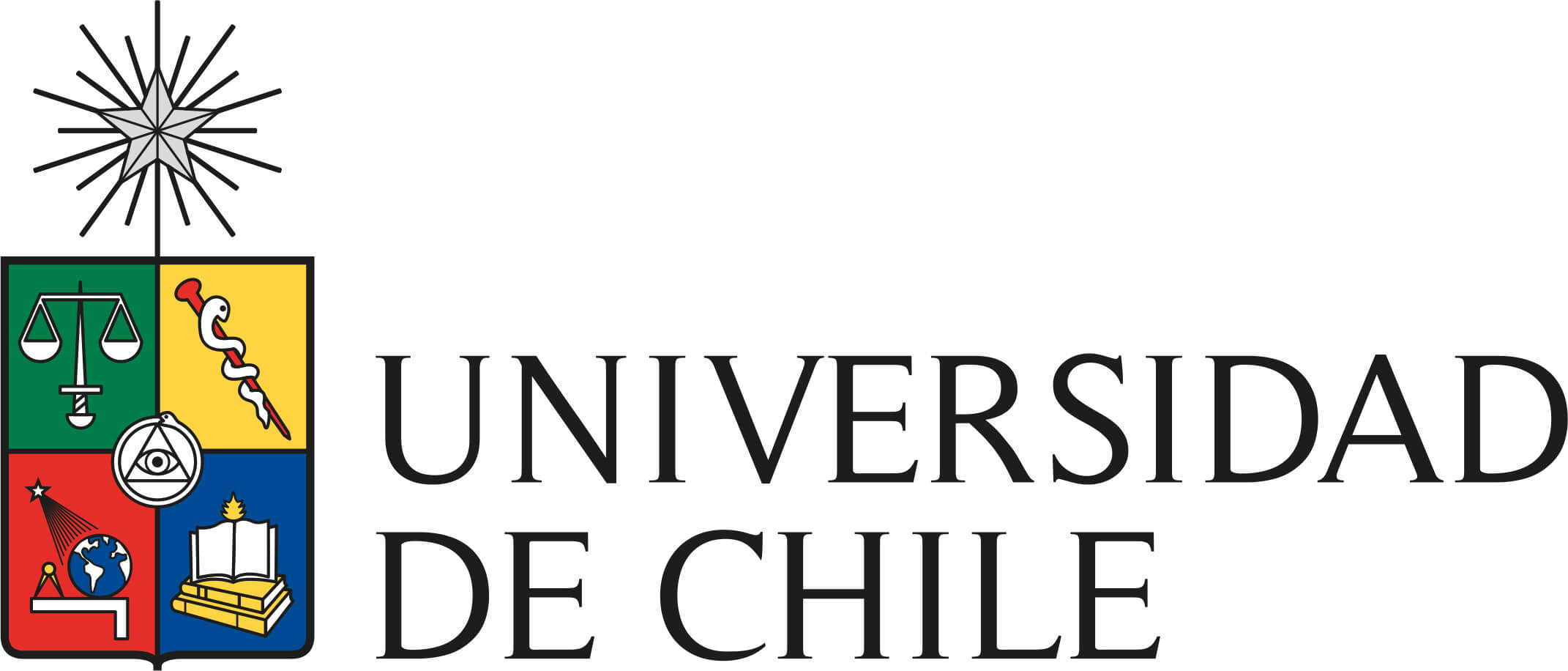"The big picture is not about metrics, impact factors, altmetrics and any other form of measurement of scientific activity. It is about public policy influenced by those numbers. In short, decisions made by a national scientific commission could have a great impact on the social sciences".
The Chilean Commission on Science and Technology (CONICYT) asked the Spanish company SCImago to assess Chilean scientific research based on journal publishing (metrics of). The company is parent with SCOPUS where the date came from, covering the 2006-2011 period. The report was presented in 2013 and can be access from here (http://www.cincel.cl/content/view/534/1/).
The SCImago 2013 report talks about three areas of research: strong, with potential and promising. Chilean strong areas are computing, earth sciences, astronomy, physics, engineering, and math. Potential areas are molecular biology, energy, neurosciences, and dentistry. Promising areas are material sciences, environment, pharmacy, chemical engineering, accounting, decision theory and veterinary medicine.
Where are the social sciences? The answer on the report is in the area "no classified". About social sciences the SCImago report says it produces 5% of all Chilean research published on SCOPUS database in 2011. Compare with 2006 where its level of collaboration was 30.39%, in 2011 was 32.97%. The presence on Q1 journals was 30.86% in 2006, but in 2011 was 27.07%. Its normalised impact on 2011 was 26 points below the world average. Excellence factor below the world (and the country), being its best value on 2006 with 6.86%. Leadership above the country average (82.86% for 2006 and 80.79% for 2011). The combination of leadership with excellence went down from 4.0% on 2006 to 2.4% on 2011. Between 2006-2011 researchers from social sciences published on 486 journals, 40.9% of which were Chilean. The most direct sentence on the report says: "Researchers on this area show a significant distance from the scientific communication pattern of their world colleagues" (page 28).
There is quite a lot of explaining from the previous sentence, but the general feeling is challenging. The big picture is not about metrics, impact factors, altmetrics and any other form of measurement of scientific activity. It is about public policy influenced by those numbers. In short, decisions made by a national scientific commission could have a great impact on the social sciences.
Suppose a landscape in which the government argues that in austerity times, public funding should go to areas where research is strong, with potential and promising. Well, in that case we are in trouble. We can also think of a different landscape in which public funding should promote social science research because of problems we must focus on urgently, such as education, social movements and cultural change, to say a few. As I understand, the main criteria I heard from the president of the Chilean commission on science and technology is good quality research proposals.
The following example is controversial but I want to make a point. Nowadays one of the best Chilean scientific case is astronomy, in terms of published papers, cites per document, presence in Q1 journals, leadership, international collaboration, you name it. The ALMA observatory is the place to be in that regard. Nevertheless, ALMA union is on strike by the time I'm writing this text (August 2013). You can read the observatory statement on the workers strike here and follow the union on Twitter here (@sindicato_alma). The comic artist Jimmy Scott from www.emol.com newspaper has a wonderful drawing of the workers shouting in front of one of the antennas "let the universe know about our demands!".
My point is that good quality research proposals on astronomy and unions strikes are both needed it, but the former has a major presence on the Scimagoreport than the later (meaning that impact factors and other indicators on astronomy are better than social sciences), and maybe, because of that, public policies on funding could guide resources based on those numbers.
Yes, it is up to social scientists to present better research proposals, but it is unlikely the main cause of the difference on impact factors could be explained solely by the beliefs of social scientists about what counts as good social research. In other words, there must be a reason why Chilean social scientists don't publish in Q1 journals as they could. It is unlikely the fault is all from them, but in the same way the fault doesn't rest on the government exclusively. A better argument could be balanced and, at the same time, complex.
As a journal editor, I have on top of that more problems. The journal I run Cinta de Moebio (Möbius strip) is not in SCOPUS, neither other journals published by the Social Science Faculty at University of Chile (www.facso.uchile.cl) in the areas of anthropology, psychology, sociology, and education. Therefore, we are in more trouble because decisions are made based on metrics that don't count us.
But things are moving fast on journals and who knows what the future of academic publishing would look like, but social sciences should keep an eye on it, as we usually do on every human affair.


